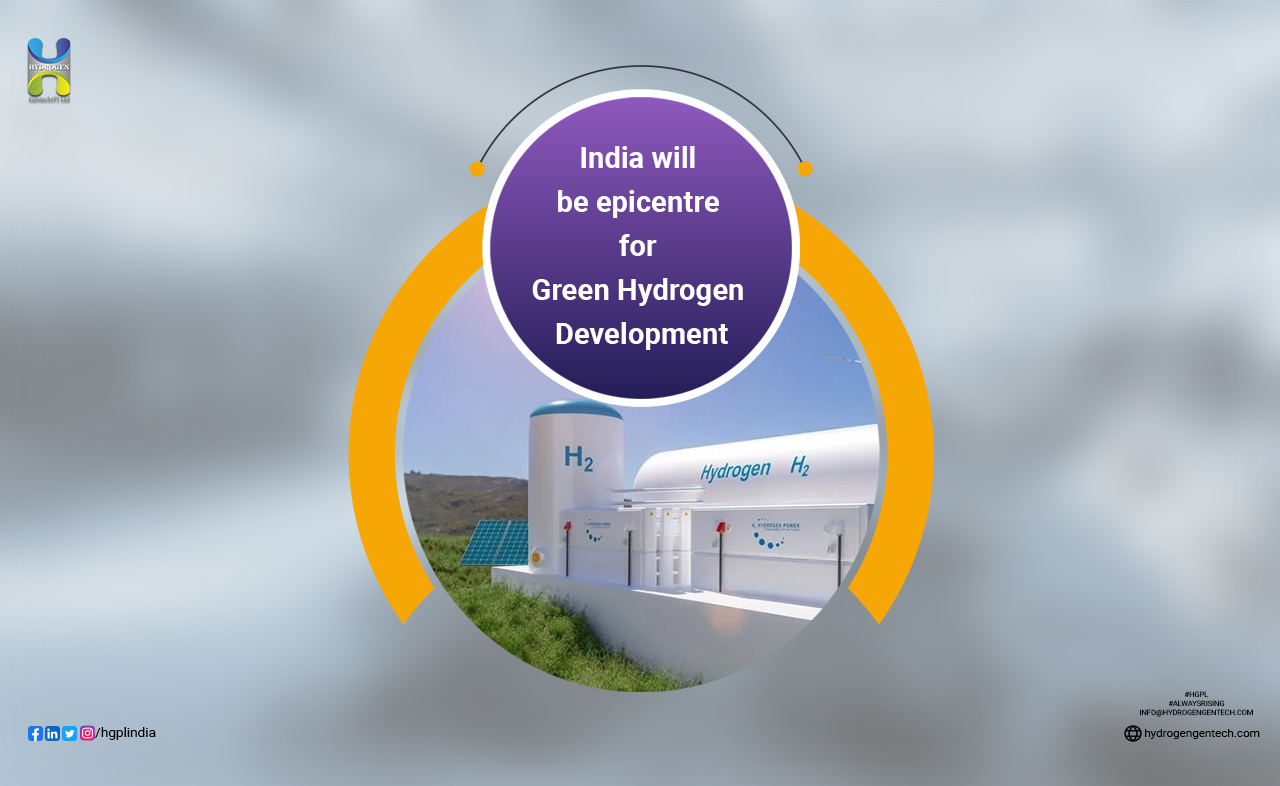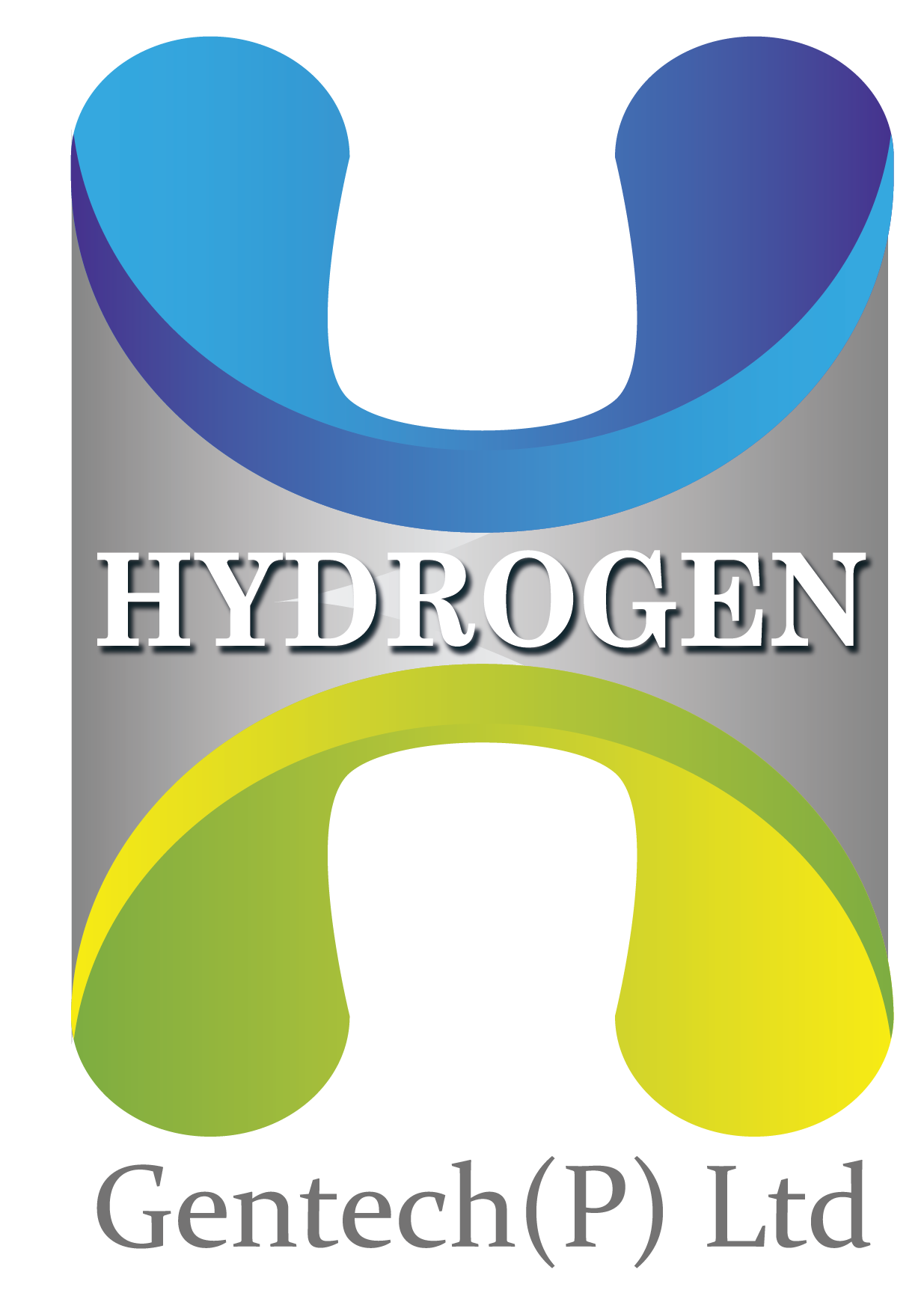
India, a country known for its commitment to renewable energy, has taken a significant step towards promoting green hydrogen production. The Ministry of New and Renewable Energy (MNRE) recently released an implementation framework to incentivize the production of green hydrogen. With an ambitious target of 200,000 MT annually, this initiative aims to foster the growth of a sustainable and carbon-neutral hydrogen economy in the country. In this article, we will explore the details of the MNRE’s green hydrogen program, the incentives offered, and the potential impact it could have on India’s energy landscape.
Understanding the MNRE’s Green Hydrogen Program
The Strategic Interventions for Green Hydrogen Transition (SIGHT) program, initiated by the MNRE, aims to promote the production and supply of green hydrogen at the lowest cost for refineries. This program falls under Mode 2B of the SIGHT program, which has a total outlay of ₹130.5 billion (~$1.57 billion). The incentives provided under this mode will be granted over a period of three years.
To qualify for these incentives, bidders must adhere to the ‘National Green Hydrogen Standard’ set by the MNRE for the production and supply of green hydrogen. The Ministry of Petroleum and Natural Gas (MoPNG) and the Centre for High Technology (CHT) will act as implementing agencies, providing support and carrying out various tasks assigned by the MNRE and MoPNG.
Incentives Offered for Green Hydrogen Production
Under the MNRE’s green hydrogen program, the incentives for the production and supply of green hydrogen will be provided in a phased manner. In the first year, the incentive will be ₹50 ($0.48)/kg in the second year and ₹30 (~$0.36)/kg in the third year. However, it’s important to note that these incentives will not be available under two different modes of the SIGHT program.
The incentive payout will be calculated based on the allocated capacity or actual production and supply, whichever is lower. The allocated capacity will remain constant for the duration of the purchase agreement. This ensures stability and predictability for the beneficiaries of the program.
Eligibility and Selection Process
To participate in the bidding process and qualify for the incentives, bidders must meet certain eligibility criteria. The net worth of the bidding entity must be equal to or greater than ₹150 million (~$1.8 million) per 1,000 MT per annum of quoted production and supply capacity. Bidders can be a single company, a joint venture, or a consortium of more than one company.
During the bid submission, bidders must also provide an earnest money deposit (EMD) and comply with the provisions related to EMD forfeiture in case of non-compliance with the required documents or performance guarantees. Successful bidders must submit performance bank guarantees (PBGs) or similar instruments upon accepting the award, with potential forfeiture in case of default or delayed commissioning.
Role of Implementing Agencies
The Ministry of Petroleum and Natural Gas (MoPNG) and the Centre for High Technology (CHT) have crucial roles as implementing agencies for the green hydrogen program. These agencies are responsible for aggregating demand, calling for bids, and assessing applications for the production and supply of green hydrogen. They also play a key role in issuing acknowledgments and awards to the selected bidders.
Furthermore, the CHT is responsible for inspecting the production plants physically. They may seek assistance from third-party agencies to verify technical parameters. The MNRE or MoPNG may designate accredited labs or third-party certification agencies to ensure the verification process.
Program Monitoring and Oversight
To ensure the progress and performance of the green hydrogen production and supply capacities established under the program, a program monitoring committee has been established. Co-chaired by the Secretary of MoPNG and MNRE, this committee includes the Mission Director of the National Green Hydrogen Mission and other experts as members. The committee will assess the progress and performance of the program and provide guidance for its effective implementation.
The Potential Impact on India’s Energy Landscape
The MNRE’s initiative to incentivize green hydrogen production has the potential to revolutionize India’s energy landscape. Green hydrogen, produced from renewable energy sources, can serve as a clean and sustainable alternative to fossil fuels. It has diverse applications, including transportation, power generation, and industrial processes, making it a versatile and promising energy carrier.
By promoting the production and use of green hydrogen, India can reduce its dependence on fossil fuels, mitigate greenhouse gas emissions, and enhance energy security. This initiative aligns with the country’s commitment to achieving its renewable energy targets and transitioning towards a low-carbon economy.
Conclusion
The MNRE’s implementation framework to incentivize green hydrogen production in India marks a significant step towards building a sustainable and carbon-neutral hydrogen economy. The incentives provided under the program, along with the involvement of implementing agencies and stringent eligibility criteria, ensure the promotion of high-quality green hydrogen production. This initiative not only contributes to India’s renewable energy goals but also paves the way for a cleaner and greener future. As India continues to embrace green hydrogen, it sets an example for other countries to follow in the transition towards a sustainable energy future.

